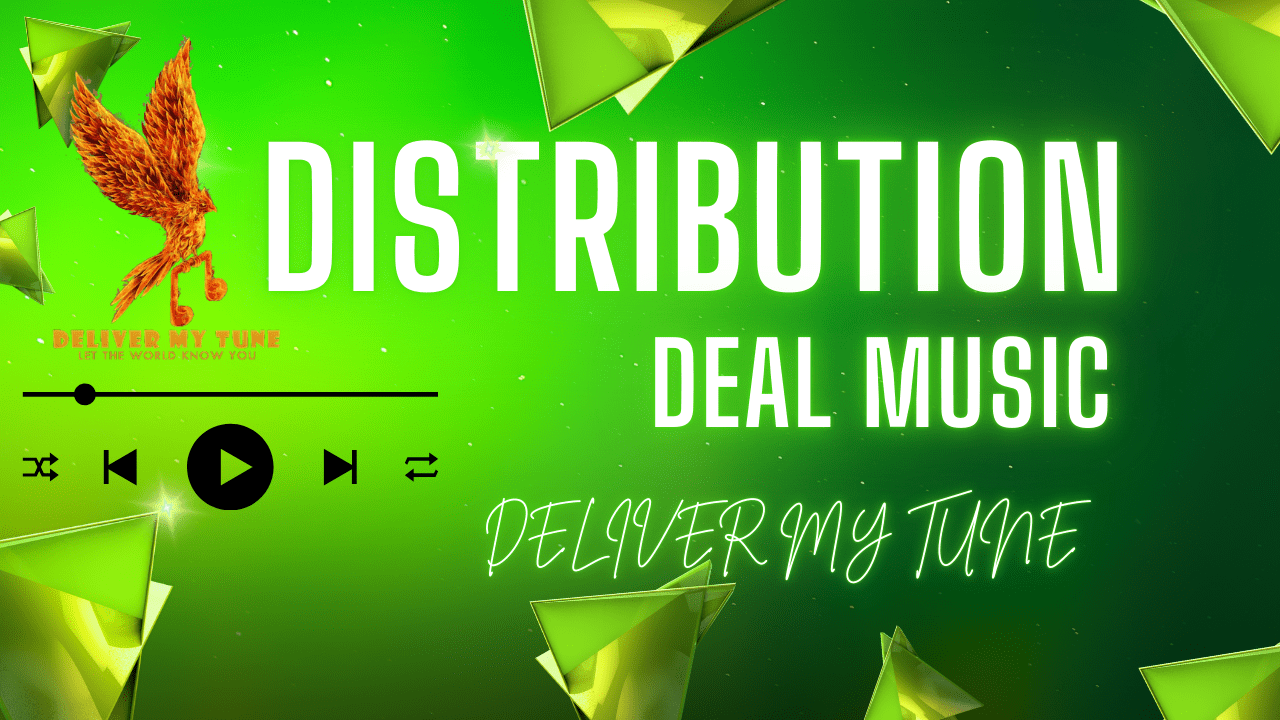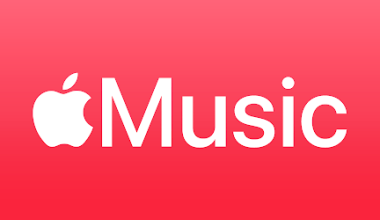In the world of music, a distribution deal in music is one of the most vital agreements you can make as an artist. This type of deal ensures your music reaches your fans through various platforms and stores, both physically and digitally. Whether you’re an independent artist dreaming of global recognition or a record label looking to scale operations, a distribution deal is your gateway to success.
The music industry has undergone massive transformations, and understanding how to navigate distribution deals can set you apart from the crowd. This blog dives deep into the workings of music distribution, comparing physical and digital options, while giving you the tools to make informed decisions.
Understanding Music Distribution Deals
A music distribution deal outlines how your music is shared with the world. It encompasses agreements between the artist or record label and a distributor to handle the logistics of making your music accessible to listeners.
Key Components of a Distribution Deal
- Distribution Channels: Whether digital platforms like Spotify or physical stores selling vinyl and CDs, distribution deals specify where your music will be sold.
- Revenue Splits: Details the percentage of royalties shared between you and the distributor.
- Marketing and Promotion: Some distributors help market your music, while others focus solely on distribution.
- Duration of Contract: Agreements can range from single releases to long-term commitments.
Why Artists Need a Distribution Deal
Distribution deals are crucial for getting your music heard by a broader audience. They bridge the gap between creators and listeners. Here’s why they matter:
- Global Reach: Distributors can place your music on over 100 platforms worldwide, ensuring maximum visibility.
- Revenue Opportunities: By selling your music across various channels, you create multiple revenue streams.
- Professional Image: A formal distribution deal boosts your credibility as an artist.
For independent artists, digital platforms are often the most accessible. Meanwhile, record labels still rely on physical music distribution companies for large-scale releases.
Physical vs. Digital Music Distribution
Physical Music Distribution
In the past, physical music distribution dominated the industry. Distributors would ensure CDs, tapes, and vinyl records reached store shelves. While digital platforms now lead, physical distribution remains significant for artists catering to niche markets or aiming to create collector’s items.
Leading Physical Music Distribution Companies
- The Orchard: Known for its extensive reach and artist-friendly policies.
- Alliance Entertainment: A giant in physical media distribution.
- Universal Music Group Distribution: A trusted name with a global network.
Pros of Physical Distribution
- Tangibility: Vinyl and CDs create a personal connection with fans.
- Merchandising: Physical copies can be bundled with other merchandise to enhance sales.
- Prestige: Physical releases still symbolize professionalism and dedication.
Cons of Physical Distribution
- Costs: Manufacturing and shipping physical media can be expensive.
- Limited Reach: Physical distribution is geographically constrained compared to digital platforms.
Digital Music Distribution
Today, digital distribution reigns supreme, with digital distribution platforms music allowing artists to upload their songs and reach listeners worldwide. Platforms like Spotify, Apple Music, and Amazon Music dominate the music consumption landscape.
Top Digital Distribution Platforms
- Deliver My Tune: This platform provides seamless distribution to over 100 platforms, including Spotify, Apple Music, and Amazon. Artists benefit from transparent pricing, lifetime distribution, and royalty collection, with no hidden fees.
- TuneCore: Offers global reach with complete control over your royalties.
- DistroKid: Ideal for independent artists with unlimited uploads for a flat fee.
- CD Baby: Known for its comprehensive services, including sync licensing.
Benefits of Digital Distribution
- Cost-Effective: No need for physical production or shipping.
- Global Accessibility: Reach millions of listeners instantly.
- Detailed Analytics: Track your streams, revenue, and audience demographics.
Comparing Physical and Digital Distribution
Here’s a quick comparison to help you decide:
| Feature | Physical Distribution | Digital Distribution |
|---|---|---|
| Reach | Limited to stores | Global via streaming services |
| Cost | High | Low |
| Audience | Collectors and audiophiles | Broader, diverse audiences |
| Speed | Slower, due to logistics | Instant upload |
For most modern artists, digital platforms are the go-to choice, but combining both forms can maximize your exposure.
How to Secure a Music Distribution Deal
1. Build a Professional Portfolio
Your music and image must stand out. A well-curated social media presence, professional-quality songs, and a clear artist brand can help attract distributors.
Pro Tip:
Use tools like social media management services to optimize your online presence and connect with your target audience.
2. Research Distribution Companies
Not all distributors are created equal. Look for companies whose goals align with yours. For example, Deliver My Tune provides artist-first policies and transparency.
3. Read the Fine Print
Before signing any agreement, ensure you understand:
- Revenue splits
- Marketing commitments
- Contract duration
Maximizing Success with a Distribution Deal
Utilize Marketing Tools
Modern distributors offer tools like pre-save links, analytics, and playlist pitching to increase your visibility. Platforms like Spotify for Artists let you track listener behavior and optimize your strategies.
Focus on Audience Engagement
Engage with fans through personalized social media content. Posting teasers, behind-the-scenes videos, or hosting live Q&A sessions can help build excitement around your release.
Monitor Performance
Use analytics tools provided by your distributor to monitor your streams, sales, and audience growth. This data is invaluable for fine-tuning your future releases.
Challenges of Distribution Deals
No deal is without its drawbacks. Here are some challenges you might face:
- Revenue Splits: A significant portion of earnings often goes to the distributor.
- Saturation: The ease of digital uploads means more competition.
- Loss of Creative Control: Some deals come with restrictions on how you market or modify your music.
Future Trends in Music Distribution
AI and Machine Learning
Advanced AI algorithms are helping artists predict trends, target the right audiences, and improve their music’s discoverability.
The Vinyl Revival
Sales of vinyl records have been growing consistently, proving that physical media still has a place in the industry.
Direct-to-Fan Platforms
Artists are increasingly exploring direct-to-fan sales through their websites or exclusive fan clubs, bypassing traditional distributors.
FAQs About Distribution Deals
What Percentage Do Distributors Take?
Most distributors take 10-30% of your earnings, though it varies depending on the services they offer.
Can I Use Multiple Distributors?
Yes, but you need to ensure your agreements allow it to avoid legal conflicts.
Conclusion: Is a Distribution Deal Right for You?
A distribution deal in music is essential for any artist aiming to reach a larger audience and monetize their talent effectively. By understanding the landscape of physical and digital distribution, you can make informed choices that align with your career goals.
With the right strategy, your music can resonate with listeners worldwide, elevating your journey as an artist. So, whether you’re targeting playlists on Spotify or releasing vinyl for your loyal fans, start building the foundations for a successful distribution deal today.
Related Articles:
For further reading, explore these related articles:
- How To Sell Music: Earning Royalties Through Distribution
- What Does a Music Portfolio Consist Of? Beginners Edit
- How to Become a Paid Songwriter in 2024: A Comprehensive Guide
For additional resources on music marketing and distribution, visit Deliver My Tune.






